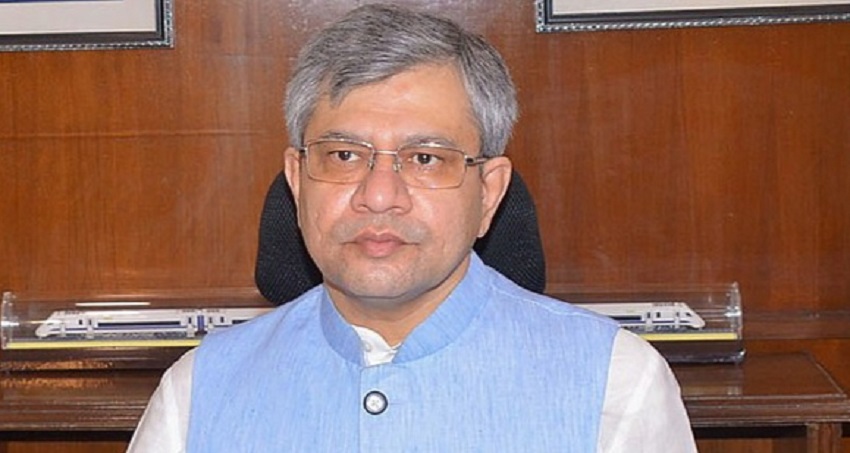
India Approves ₹22,919 Crore PLI Scheme to Boost Non-Semiconductor Electronics Manufacturing
The Union Cabinet has approved a ₹22,919 crore Production-Linked Incentive (PLI) scheme to strengthen domestic manufacturing of non-semiconductor electronic components. This strategic initiative is aimed at reducing India’s import dependence and building a robust local ecosystem for critical components used in various electronic products.
Investment, Jobs, and Output Projections
The newly sanctioned PLI scheme is expected to:
-
Attract Investments of ₹59,350 crore over the next six years
-
Generate Production Worth ₹4,56,500 crore across sectors that rely heavily on electronic components
-
Create Around 91,600 Direct Jobs, along with significant indirect employment opportunities
By focusing on expanding India’s manufacturing base, the scheme aligns with the government’s broader goal of making the country a global electronics manufacturing hub.
Targeted Components and Sectoral Reach
The scheme will support manufacturing of essential passive components such as resistors, capacitors, inductors, transformers, and ferrites. These components form the backbone of equipment across multiple industries, including:
-
Telecommunications
-
Consumer Electronics
-
Automotive
-
Industrial Equipment
-
Power Systems
-
Medical Devices
This comprehensive approach is designed to enhance self-reliance in sectors where India currently relies heavily on imports for basic electronic components.
Industry Impact and Long-Term Vision
The approval of this PLI scheme comes at a crucial time, as India continues its transition toward becoming a global hub for electronics. Industry bodies have long advocated for targeted incentives in this segment, given the rising global demand for diversified supply chains.
India’s non-semiconductor electronic component production stood at around $13 billion in 2022 and is projected to touch $20.7 billion by 2026. With this PLI scheme, the sector could scale up to $37 billion by 2030, driven by new investments and increased value addition within the country.
By encouraging domestic production of components that are vital to nearly every electronic device, the scheme will not only support local manufacturers but also help integrate Indian suppliers into global value chains.


















